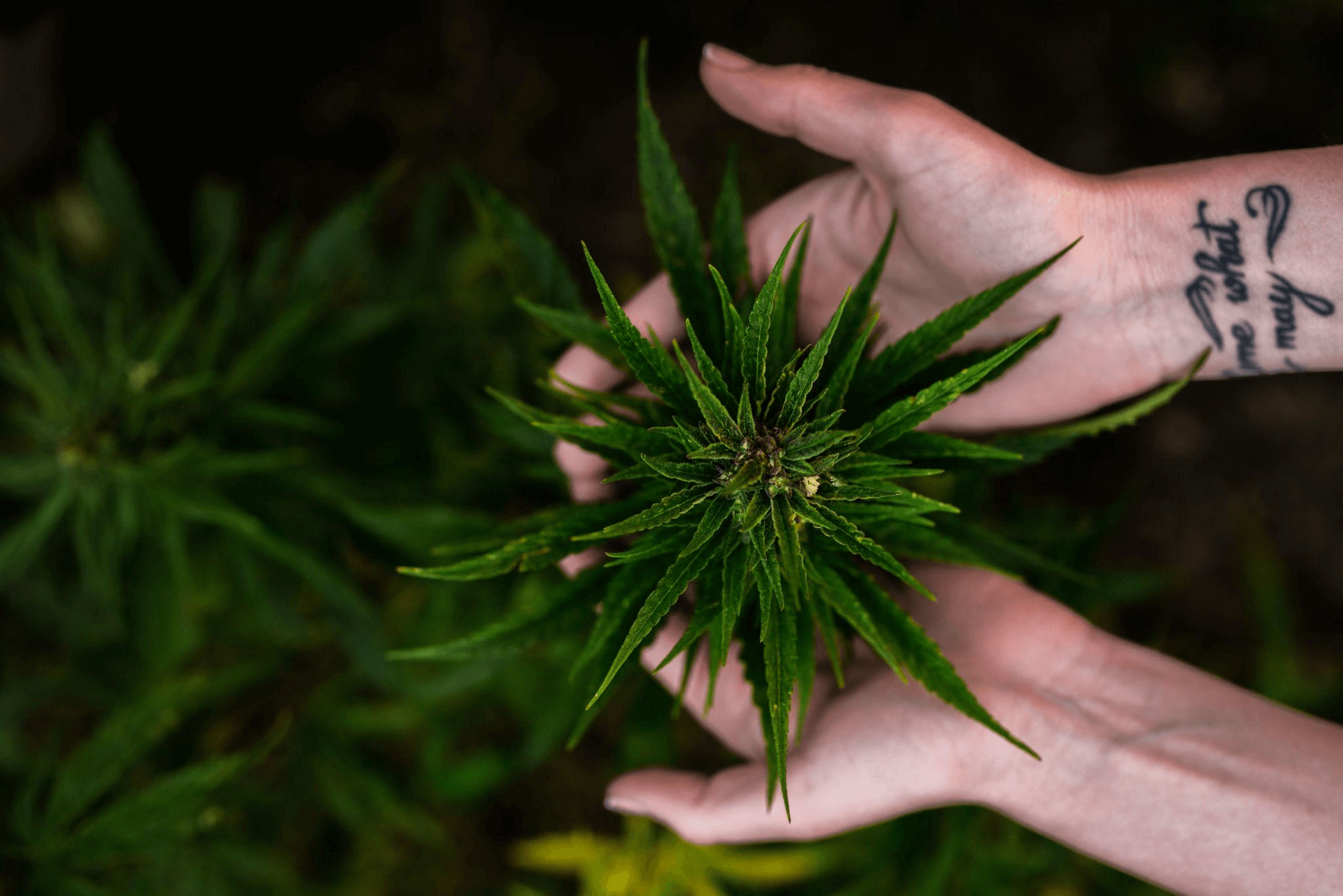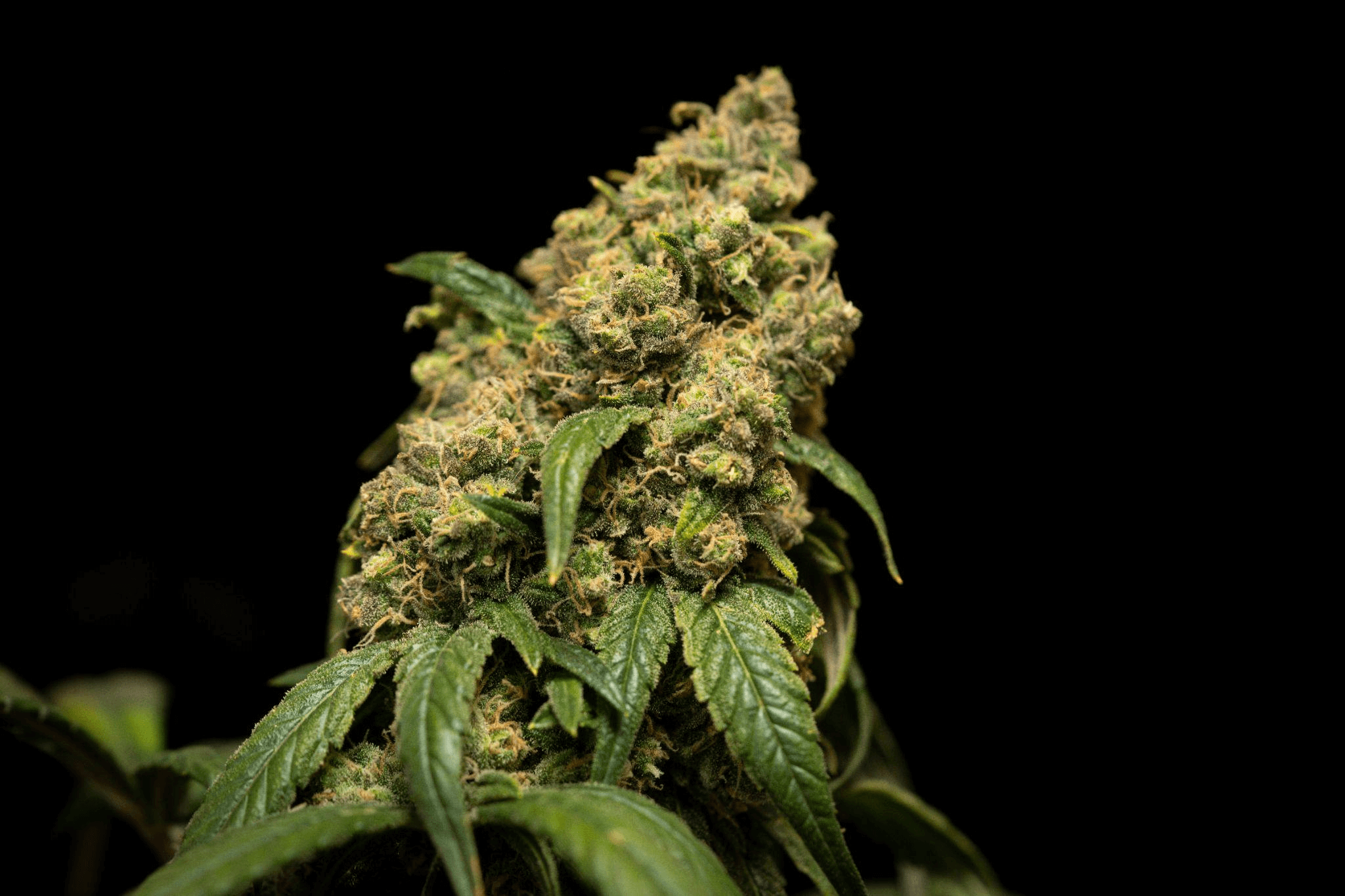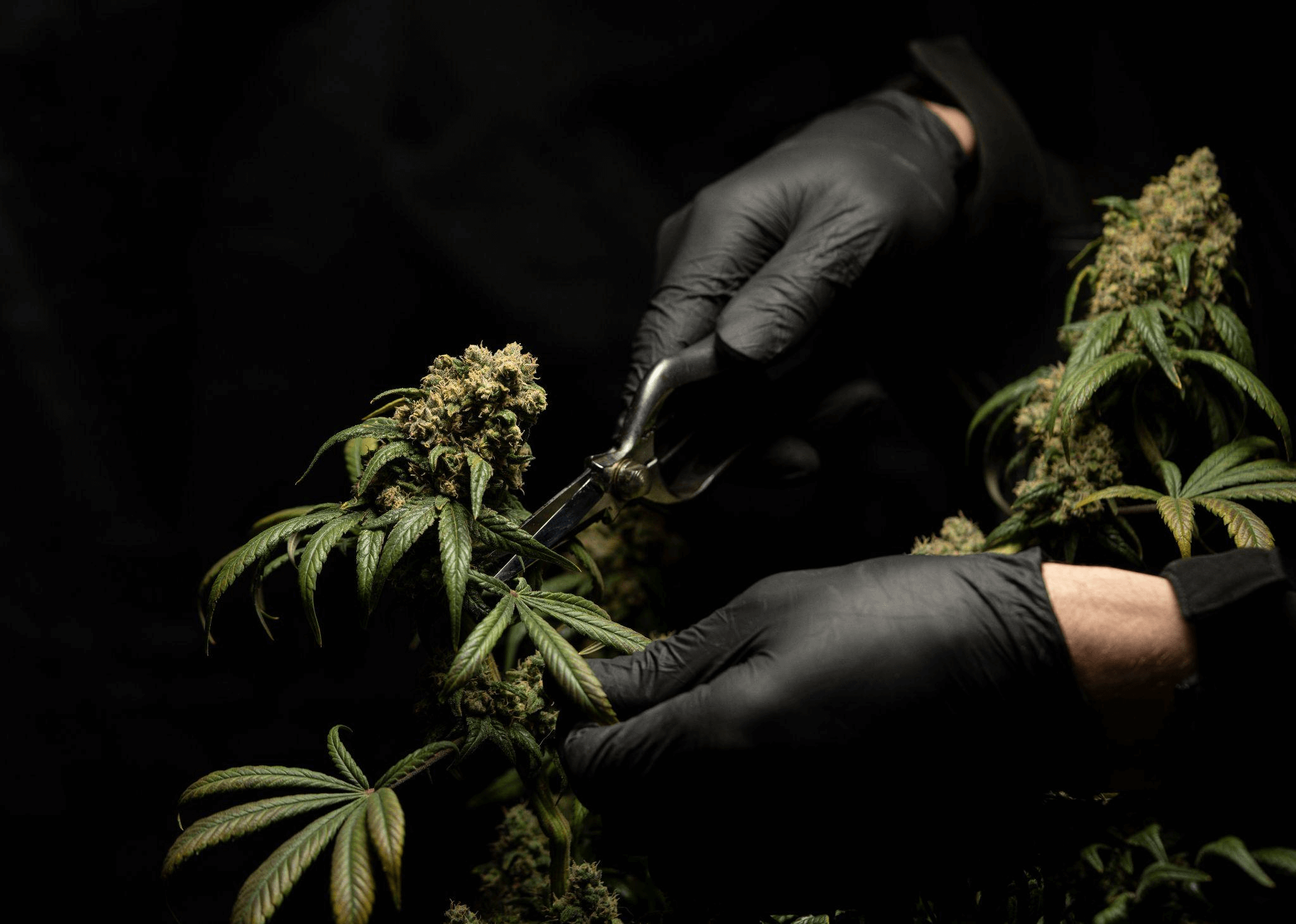Bud rot, aka Botrytis, is a common gray mold that growers likely will face at one time or another. Botrytis usually occurs when there is poor air circulation and humidity issues in an enclosed space; it can be hard to spot due to it starting at the stem and working its way to the outside of the affected areas.
Bud rot causes the plant to decay and, eventually, die. Although this is usually localized, it can spread to other plants if it is allowed to grow for too long without treatment.
Luckily, the reason Botrytis appears is pretty easy to understand, therefore making it easy to prevent in the future. We hope to give you all the tools and knowledge to spot it when it shows up as well as what to do to get rid of it and prevent it from happening again.
The Question: Do I Have Bud Rot?
 So you have thick impressive buds and all look great on the outside. Yet, you notice the bud is starting to look funny: the leaves are turning odd colors and are starting to wilt—some are even dying when they were fine just a few days prior. Well, it’s now time to look inside the bud and see if we can find any issues. Knowing that Botrytis starts at the stems before working outward, that is where we will need to look first.
So you have thick impressive buds and all look great on the outside. Yet, you notice the bud is starting to look funny: the leaves are turning odd colors and are starting to wilt—some are even dying when they were fine just a few days prior. Well, it’s now time to look inside the bud and see if we can find any issues. Knowing that Botrytis starts at the stems before working outward, that is where we will need to look first.
If you notice the stem looks soggy and brown, it is time to go into attack mode. First, you will need to cut off the affected areas. It’s best to pull the plant out of the tent if possible, to keep any spores from drifting to the other plants. Cut off the infected area and bag it before tossing it in the trash so that the Botrytis does not spread to other plants. Now you will need to inspect your other plants that shared the tent with the infected plant to make sure they do not have the same issue. If Botrytis has spread then it may be best to chop down and restart everything (after a good cleaning).
Sometimes you may notice your previously pretty buds are turning brown or black and just look gross or dead—this is also a sign that the Botrytis has developed long enough to reach the outside of the plant. Usually, when we can see the bud rot on the outside of the plant it means Botrytis has been developing for a couple of weeks; Botrytis does not develop overnight. Remember, it is not safe to ingest any plant parts that have Botrytis so we need to make sure it doesn’t spread—this is why we bag it before we throw it away.
Why Did I Get Bud Rot? – How to Treat Bud Rot?

Bud rot is a gray mold and is caused by poor circulation and uncontrolled humidity. Normally, Botrytis occurs in outdoor plants since indoor growers have much more control over the environment, but it can occur in indoor grows as well.
Normally, bud rot occurs when plants are too tightly packed together and there isn’t enough airflow between the plants. It also occurs when the bigger buds hold too much moisture and can’t release them as easily.
During rainy seasons outdoors or in coastal regions bud rot can happen more frequently. This is because it’s harder to dry out denser plants, which is done by expelling moisture trapped inside. Most outdoor growers will go out and blow the plants with an electric leaf blower after the rains to dry out the buds; if you aren’t able to do that and you live in these more humid or wet regions you’ll likely be struggling with bud rot from time to time.
Treatment and Prevention – How to Treat Bud Rot?

After you spot bud rot there isn’t much you can do to remove it—usually, it occurs within flowers so you can’t easily spray the plants without the spray also affecting your own bud quality. The best bet is to remove all the infected areas and find out why it happened in the first place. We recommended that you use a hygrometer in the tent so you can see if there are humidity spikes—these spikes mostly occur when your exhaust is not running properly or at night when most fans are turned off.
By removing all the infected areas of your plant you may prevent it from spreading to the other plants. You will want to either discard or clean any equipment you used to cut out the infected areas so the Botrytis spores do not transfer to the rest of your plants. Some growers will even harvest a little early to prevent any other plant from being infected.
To prevent Botrytis you will need to look at several things:
Airflow: make sure you have good air movement. Floor fans, like tower fans, are great for this, but be aware that if the air movement is too strong it may pose other issues for your plants like windburn. You can also use pole-mounted fans to help create a gentle breeze across the whole tent.
Humidity control: dehumidifiers are great and you can also leave your exhaust running longer into the night to make sure to clear out any humidity that may come up when the plants are dormant.
Plant spacing: make sure you have enough area around each plant to have sufficient airflow between them. This will make it easier for the fans to blow around the branches and will prevent the buds from stacking on each other making moisture harder to expel.
The last step is just to check the plants regularly. Every few days you should get up close and personal with your plants. We do this to look for any issues that may come up so that we can fix them right away before any major problems arise.
If you have any questions, please don’t hesitate to reach out to us!
And be sure to check out our other blog posts for useful tips on becoming a great grower!
Subscribe to the VIVOSUN newsletter for growing tips, grower stories, and special offers, and get 12% off your first order!
We love the new VIVOSUN Smart Grow System and we are certain that you too will love it once you try it.
And join our Facebook farmer’s community for even more exclusive contests and prizes!
Download VIVOSUN App to get 18% off and explore more information!

You may also like article about how to treat:
Best Ways to Treat White Powdery Mildew
Knowing Your Roots for Better Plant Health






